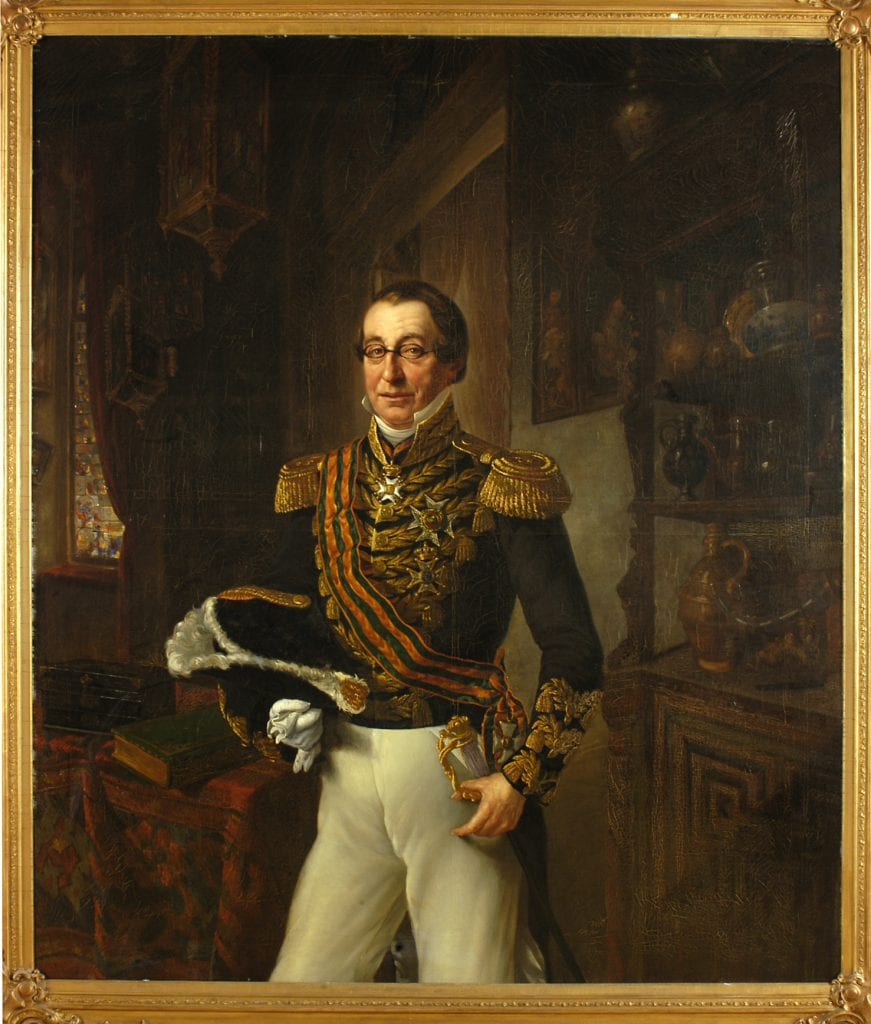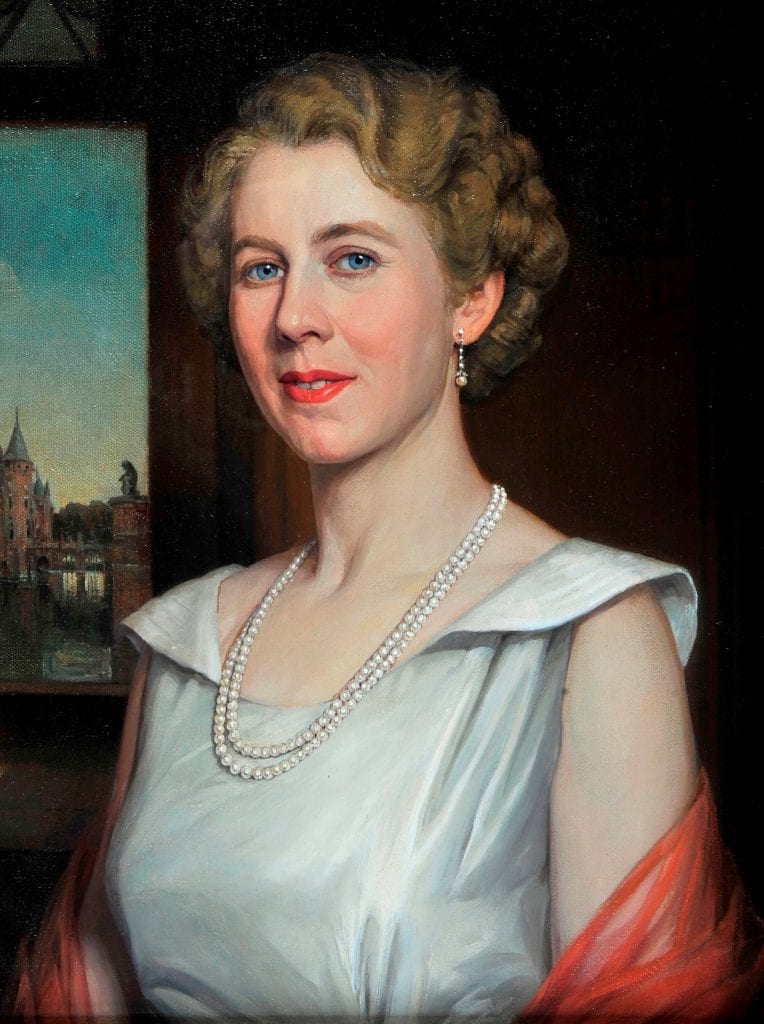How it was
-
1000-1100In the swampy stream valley of the Aa, a motte castle was built around 1050: a wooden fortress on a hill within a moat. This enabled the Lord of Heeswijk to dominate his area and provide a safe refuge in times of war. The chunks of iron tar used as foundations can still be seen in the castle cellars.
-
1100-1200Slowly, a duchy Brabant is established. The duke makes Brussels his capital, and brings more and more castles, seigneuries and cities under his rule. Castle Heeswijk lies at the edge of his territory, close to the new city of 's-Hertogenbosch. At the end of the century, Almericus is the first lord of the castle whose name we know.
-
1200-1300Castle lady Agnes of Heeswijk marries the nobleman Walraven of Bentheim, and thus Heeswijk and Dinther are definitively linked. Noblemen can own several castles and estates at the same time. This gives them a lot of power and wealth.
-
1300-1400There is regular war between the dukes of Brabant and Gelderland. Money soldiers then come across the Meuse and plunder these regions. The Heeswijkers flee inside the castle walls in 1371, 1372 and 1398 and are safe there. The castle gets brick walls and towers, with a large gatehouse.
-
1400-1500The castle is bought by Willem van der Aa. He and his descendants own several lordships, including Moergestel, Schijndel, Polanen and Asten. Castle Heeswijk is a valuable possession for a Brabant nobleman. On the river Aa, the peat ships from the Peel to the city Den Bosch pass by the castle.
-
1500-1600The important noble families Van Glymes and Cirksena own the castle. Jan Cirksena, count of East Frisia, lord of Valkenburg and Durbuy builds after 1555 a forecourt with brick and natural stone. Around the courtyard are the stables, carriage house and other service buildings. The west and south wings have been preserved.
-
1600-1700In the 17th century, northernBrabant is a war zone. The princes of Orange besiege and occupy Heeswijk castle in 1629 to capture Den Bosch . The castle comes into the hands of wealthy Dutchmen who call themselves Lord of Heeswijk and Dinther and turn it into a luxurious country house. The French Sun King Louis XIV makes this his headquarters in 1672 to overthrow all of the Netherlands.
-
1700-1800The French had destroyed the castle's defenses. A garden dome came on the foundation of and south tower. After three generations of the Van der Hoeven family, the castle was inherited by four generations of the baronet Speelman. In 1794 it was again briefly a French military headquarters: General Pichegru conquered Den Bosch, then all of the Netherlands.
-
1800-1900In 1835, the Speelman family sold the castle to the Governor of the King in NorthBrabant, Baron André van den Bogaerde van Terbrugge. The wealthy baron and his sons turn it back into an elaborate medieval castle, complete with south wing, gallery, Armory and Iron Tower, a throne of Heeswijk and furnished with many art treasures and curiosities. The Musée de Bogaerde is heavily visited. The last son dies in 1895.
-
1900-2000The young baron William inherits the castle, but according to his uncle's will he is not allowed to live in it. Most of the rich inventory is sold for more than 600,000 guilders. The baron moves into the carriage house. After his death, Baroness Albertine decides to turn the castle into a museum. Starting in 1995, the Heeswijk Castle Foundation restores the entire castle and opens it to visitors.
-
2000-presentCastle Heeswijk gets the title 'Castle of Brabant' and becomes Top Monument of NorthBrabant. Estate and castle grow into a busy historic country estate, carefully restored and set in a beautiful natural area.
After the last baron
After the death of Baron Willem in 1974, Baroness Albertine had the buildings, collection and estate of Heeswijk Castle placed in a foundation. The explicit aim was to prevent the estate from being divided up and to ensure that it would be open to visitors. The foundation had full ownership from 1983 and worked hard to open the castle as a museum. In 2000 the main castle was reopened to the public and the castle regained its museum function. The restoration of the gatehouse, coach house, iron tower and armoury was completed in 2005.
collected history
A visit to the castle offers a unique insight into the life of the Barons Van den Bogaerde and all the valuables they collected.
insight into the portrait salon
how it is
And there is more to experience in and around the castle. In the coach house we find today At the Baroness a cosy museum café in homage to Baroness Albertine where every visitor can enjoy delicious Burgundian delicacies.
In the gatehouse is a museumshop with the best souvenirs and gifts.
A walk through the area gives an impression of the vastness of the estate and the special nature that can still be found there. All in all, a colourful history that is well worth experiencing.















